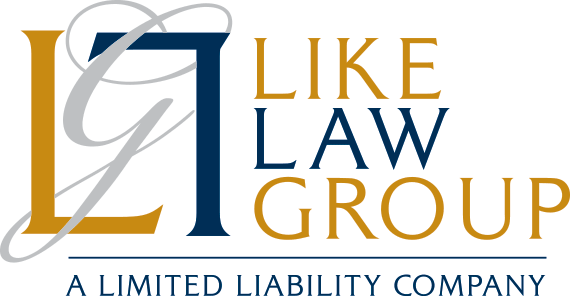We associate March with St. Patrick’s Day and Irish traditions such as searching for four-leaf clovers, which are thought to bring good luck. One thing that parents should never leave to luck is providing for their minor children. Parents work hard to create a wonderful life for their children and pass on wealth to them in the future, but they also need to create a plan for their children’s care if something happens to them. Although it will be difficult for them to think about having their young children grow up without them, they need to recognize that lack of planning for this possibility could be disastrous for their children. This is an opportunity to strengthen your relationship with clients who are young parents by providing the financial and investment advice they need to provide for their children.
Recommend that parents of minor children create an estate plan. If clients who are parents of young children fail to create an estate plan, the fate of their children’s care will be left to a court. Instead of nominating individuals they trust to provide care for their children and manage the children’s inheritance for their benefit, the court must choose who will fill those roles, and it may not choose the people the parents would have wanted. Even worse, a lack of planning may mean that they will not leave enough money and property to fund their children’s upbringing: this is a terrible problem that you can help them avoid by evaluating whether they should obtain additional life insurance to provide for their children’s care. In addition, the lack of an estate plan will mean that the parents will not have any input into who manages their accounts and property through the probate process after they die. The personal representative that the court appoints may not be as familiar with their money and property as you are and may not continue to keep their accounts under your management. If they have an estate plan, they can provide for how their accounts are to be managed in their trust document instructions, which puts you in a better position to continue managing their accounts for the benefit of their children.
Think twice about advising parents to name their minor children as beneficiaries on accounts. Typically, naming beneficiaries on investment and retirement accounts is important to avoid probate of those accounts. If these accounts represent most of their wealth, parents may mistakenly believe that no estate plan is necessary. In the case of minor children, however, probate may still be necessary even if their minor children are named as beneficiaries of the accounts. Although state law varies, an interested adult may request that the funds be placed in an account established under the relevant state’s United Transfers to Minors Act if the value of the account is below a certain amount, for example, $20,000, which will be managed on their children’s behalf. However, a conservator may need to be appointed by the court to manage the funds on behalf of the children until they reach the age of majority if the accounts have significant value. As mentioned, in the absence of an estate plan, the person the court appoints may not be the person your clients would have chosen and may not understand how your clients would like the funds to be used for their children. There is also a risk that whoever is appointed to manage the inheritance will liquidate the accounts or switch them to another financial advisor rather than maintain them under your management.
Parents also may not want their children to receive a substantial amount of money at the age of eighteen or twenty-one (the age of majority may vary by state). Many parents believe that their children will not be mature enough to responsibly handle a large inheritance at such a young age. However, unless the parents create an estate plan including a trust specifying that the funds should be held and distributed for the children’s benefit at a later date, the children will have full access to their inheritance and it could be spent quickly and wastefully. If the funds are quickly dissipated, not only will the parents’ goal of providing for their children be frustrated, but you will have no opportunity to continue your financial planning relationship with the next generation.
Give Us a Call
You can strengthen your relationship with your clients who are parents by encouraging them to contact an experienced estate planning attorney who can help them create or update their estate plan instead of leaving their children’s future to chance. We can not only help your clients achieve their goal of providing for their children’s needs if something should happen to them but also facilitate their purchase of financial products such as insurance that are necessary to provide sufficient funds for their children’s needs until they reach adulthood and beyond. In addition, your clients are likely to want you, as their trusted advisor, to continue managing their money for the benefit of their children. Their intentions can be included in their estate planning documents, providing you with an opportunity to establish a strong relationship with the next generation. Give us a call to discuss how we can help your clients safeguard their children’s future.


